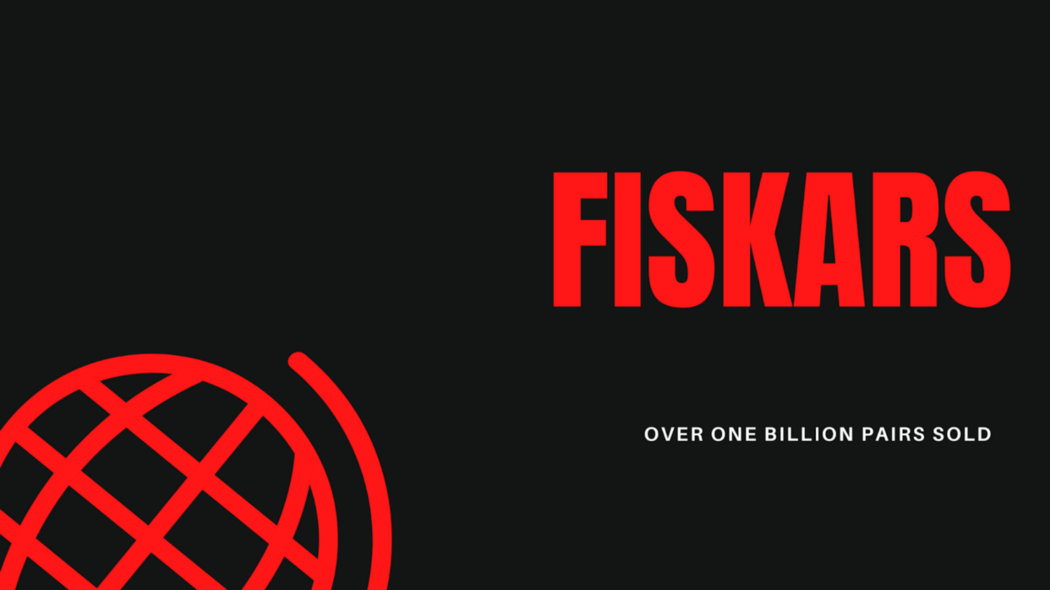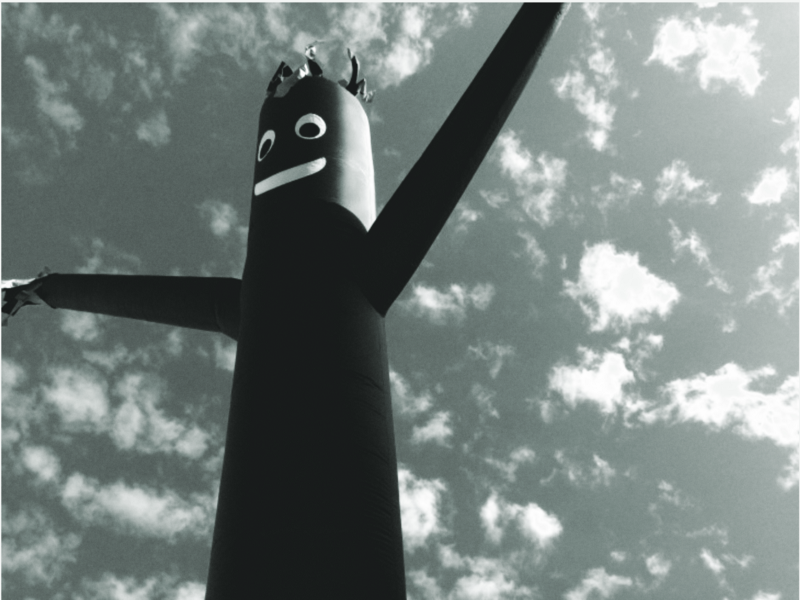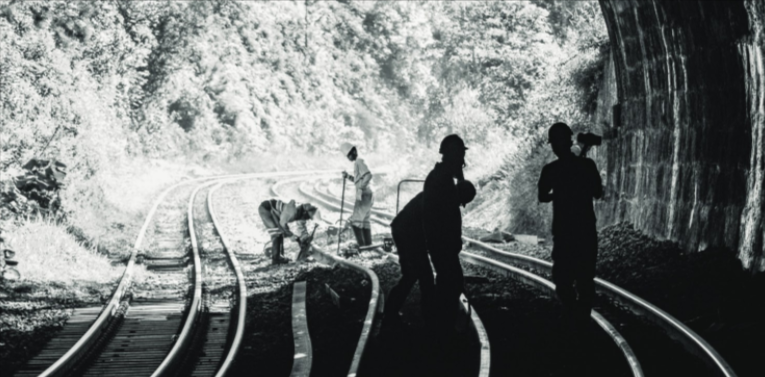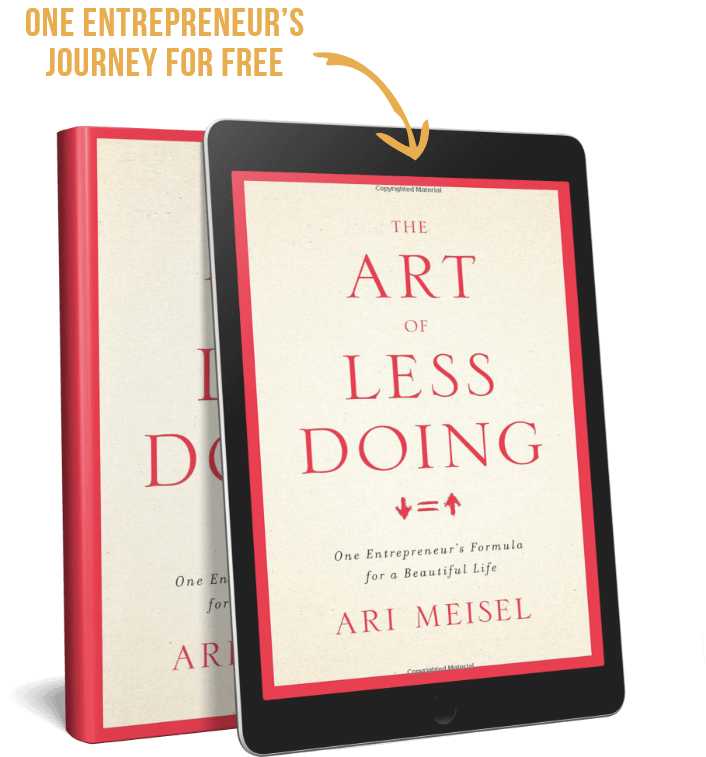FISKARS Founded 1649
Iron smelting is said to have taken place among the Calybes of Armenia, subjects of the Hittite Empire, at about 1500 BCE.
When their empire collapsed around 1200 BCE, the various tribes took the knowledge of iron making with them, spreading it across Europe and Asia. The knowledge of ironworking in all of Europe and Western Asia can ultimately be traced to this source.
Why am I telling you this? Because I want to talk about scissors.
It all started in 1649 when Peter Thorwöste was given a charter (There we go again with rulers in charge of business) to establish a blast furnace and forging operation in the small village of Fiskars.
Fiskars made bar iron, nails, cast iron pots, knives, hoes, and iron wheels. Tools critical to progress. It went on like this for a hundred years.
Until…
New owners with a new vision took over. The Björkman family shifted production to processing copper ore from the nearby copper mine. But by the nineteenth century, there was little copper left to be mined in Orijärvi, so the blast furnace closed in 1802.
Fiskars’ Renaissance began in 1822 when Johan Jacob Julin bought both the ironworks and the village.
He increased the product range from knives to include forks and scissors. In the 1830s, Finland’s first steam engine was manufactured at the workshop.
Fiskars — Our 365 year history
Many social reforms also took place during Julin’s ownership, during which the ironworks village got its own school and hospital.
Farming in the village also greatly improved. Fiskars had a significant influence on the development of Finnish agriculture, and in its day, the Fiskars plow workshop manufactured more than a million plows.
Under Julin’s leadership, Fiskars became known for its farm and household implements, and the Fiskars name became synonymous with high quality and unparalleled integrity.
Fast forward to the Industrial Age, where mass production was the only business model
Worth a whit. And Fiskars got busy meeting Post World War ii demand for all things house and garden.
In the late 1960s, Fiskars created the world’s first pair of plastic-handled scissors. They were supposed to be black, not orange. But when Fiskars happened to use some leftover orange plastic from a juicer production line, the company put the color to a vote. Orange won out over black 9–7.
In keeping with its centuries-old tradition of impeccable quality, professional “scissors listeners” make sure they produce the right snip sound before each pair leaves the factory.
Fun Facts. Over 1 Billion orange-handled scissors have sold globally, and the color, Fiskars Orange™, is an officially registered trademark.
And speaking of the United States, Fiskars expanded its scissor production facilities to the US in 1977, making it a global centralized hub for the beloved item.
To me, the Fiskars story is not only about replicating a high standard of quality. But taking the precision of fine craftsmanship and bestowing it upon some pretty mundane things.
Now, the company could have said, It’s just scissors, relax. It’s just garden loppers, I mean who cares. But it didn’t, it took pride in producing household items that were built to last so that the name was always associated with quality.
So the next time a homeowner (me) was looking for some shears to prune an unwieldy climbing rose bush, the only name he searched for was Fiskars. Because it feels better and lasts longer than any of its competitors. In some businesses making something better than anybody else is the right and profitable thing to do.




